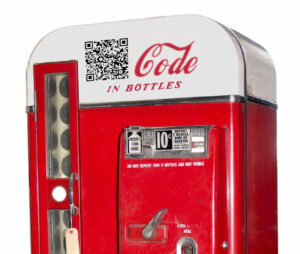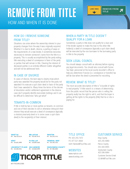We are very excited to announce that you can now order title and escrow & real estate property information via text / SMS messaging! Our Client Services / Property Research team across the King, Pierce, Snohomish area is fully equipped to receive property information requests and title & escrow orders from you via text if that’s the way you prefer to communicate!
Simply text your property info requests and title and escrow orders to:
425-298-7575
Why are we offering ‘order by SMS text messaging’?
Have you noticed the people around you texting a lot more lately? Have you noticed yourself texting more and more? Or more importantly, have you noticed that your clients prefer to communicate with you via text…. According to CTIA, Americans sent 173.2 Billion text messages during the month of June 2010. That’s an increase from 7.2 Billion text messages sent during the month of June 2005 (CTIA is the International Association for the Wireless Teslecommunications Industry).
And that’s just texting… Smartphones in general are on a rapid rise. A Nielsen study predicts that by the end of 2011 smart phones will hold the majority of the mobile phone market. Another study showed that banking via mobile devices has grown 129% in the US over the last two years.
So logically with information and services becoming more mobile every day, this leads us to a few important questions: What if you could send a text to order property research or title and escrow for your real estate listing? What if all you needed was a single phone number for communicating with your favorite Title and Escrow company? What if the Puget Sound’s most seasoned property information specialists were a text away?
So give it a try today! If you have a service request or would like to open title on a property, hit us with a text at 425-298-7575 right now!
And remember that Title Insurance orders placed electronically will receive a 5% discount (click here for discount details).












